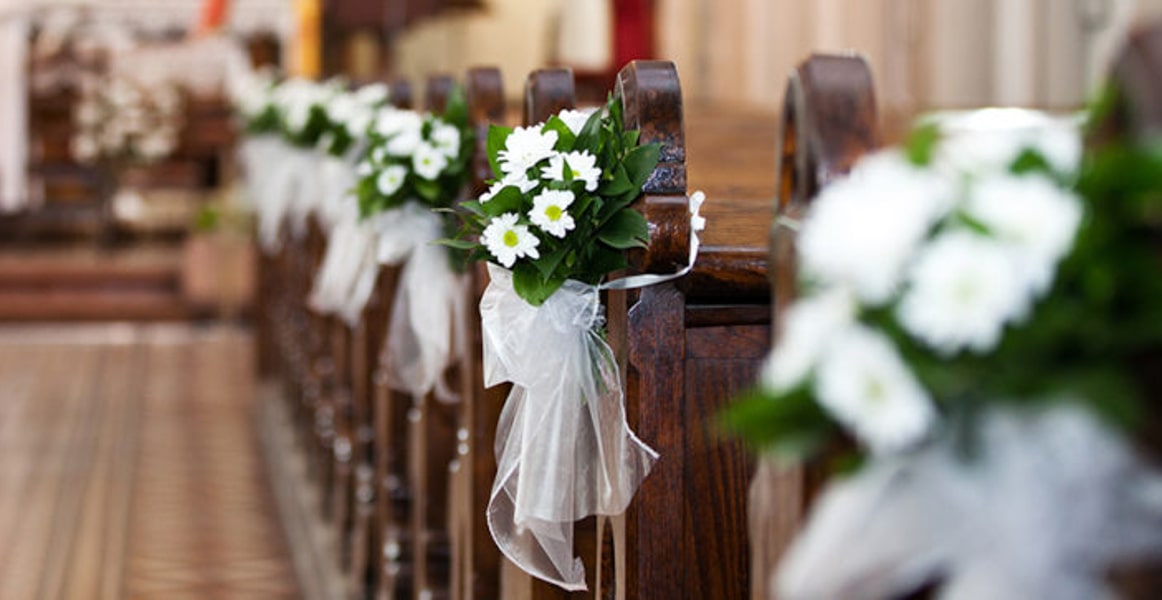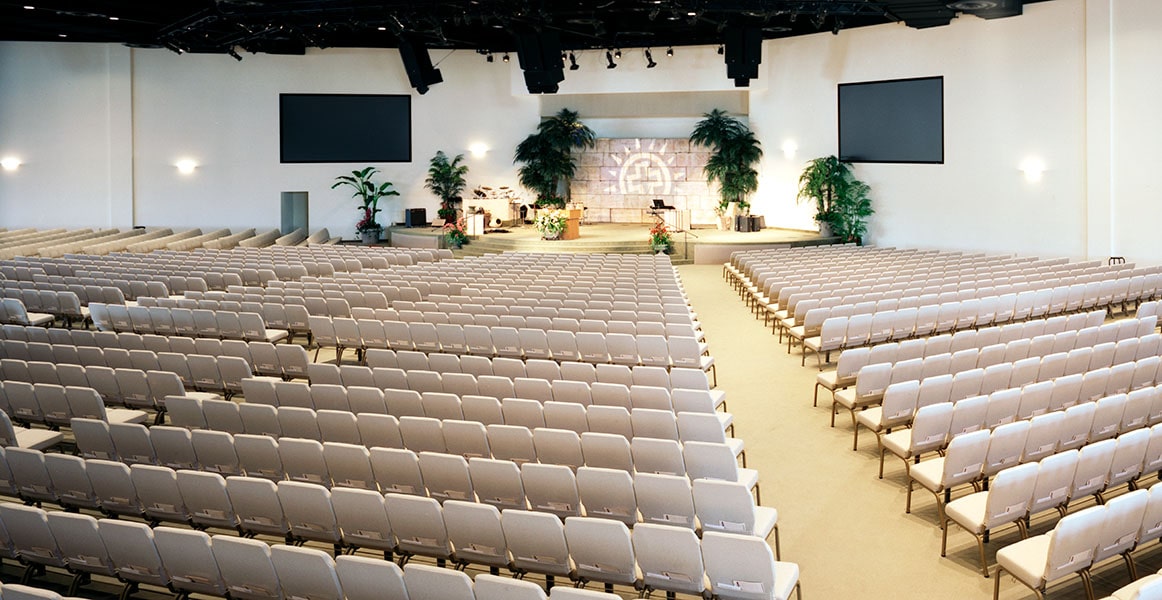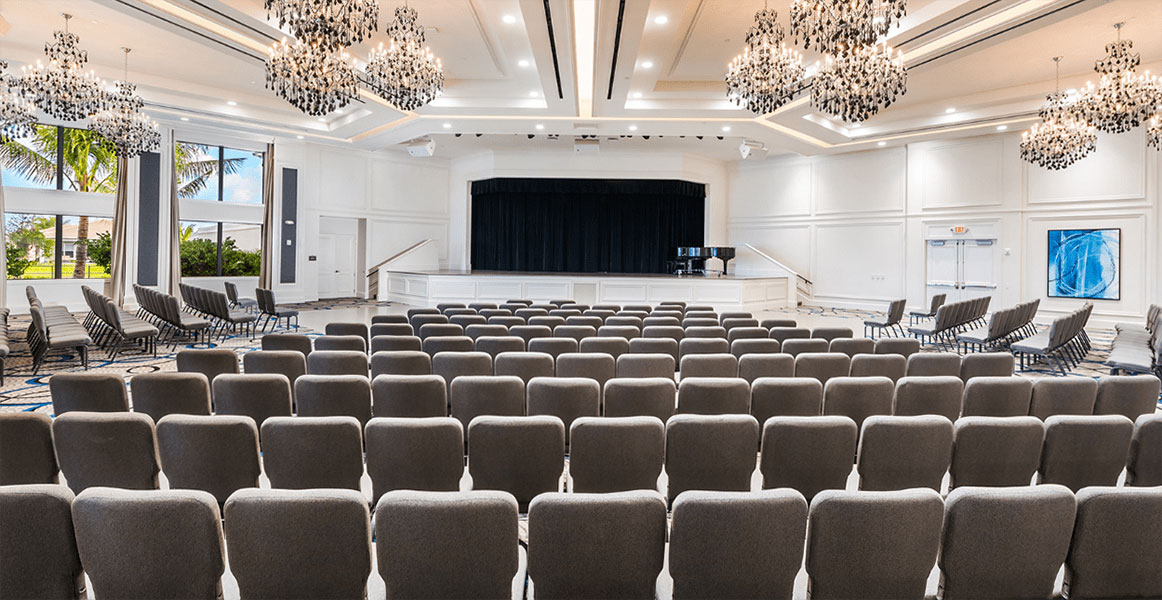婚礼座位安排:婚礼宾客座位的注意事项
婚礼策划的规则有很多,但很少有牢不可破的。虽然许多婚礼传统已被摒弃,但有一些基本原则却成为重要的考量因素。其他一些则已经过时,应该避免。
严格按照家人安排座位:否
有一条古老的规则,新娘的家人和朋友应该坐在教堂的一侧(婚宴上也应该坐在房间的一侧),新郎的家人和朋友则坐在另一侧。然而,这种安排可能会导致座位不平衡,也会导致离婚家庭成员彼此之间坐得太近,感到不自在。这还会给同性婚礼带来一些戏剧性和混乱。
幸运的是,严格的家庭分座安排在婚礼策划中已经过时了。这使得每个婚礼派对都可以根据自己的具体情况定制座位偏好。
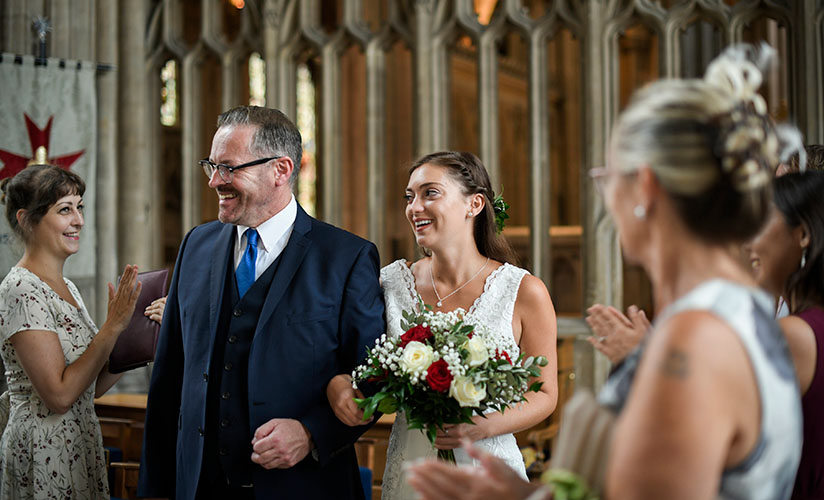
适合所有人的美景:是
无论婚礼是在室内还是室外举行,确保每个人都能拥有一览无余的视野都至关重要。椅子应面向前方,或面向新人站立的位置。确保宾客座位摆放合理,避开任何潜在的障碍物,例如柱子或装饰品,并确保所有宾客都能清晰地看到现场。
为轮椅和其他移动设备留出足够的空间,并确保轮椅座位提供良好的视野。
婚礼派对预留座位:是
一个一直保持着其受欢迎程度的传统是,在教堂前部预留座位,供亲密的家人或其他尊贵的宾客使用。父母、兄弟姐妹、祖父母、姑母、叔父、堂兄弟姐妹、继亲属以及其他亲密的朋友和家人会坐在教堂的前两排(如果需要,可以坐更多)。
伴娘、伴郎和其他婚礼派对成员也会坐在靠近前排的位置,有时也会在仪式期间保持站立。个人家庭关系应优先于传统(例如,如果离异的父母觉得更舒服,可以坐在不同的排)。
许多人会用鲜花或丝带装饰前两排,以标记它们是预留座位,这一点很重要,因为一些婚礼宾客会与新娘或新郎一起走进来,需要预留座位。其他婚礼宾客则坐在预留座位后面。
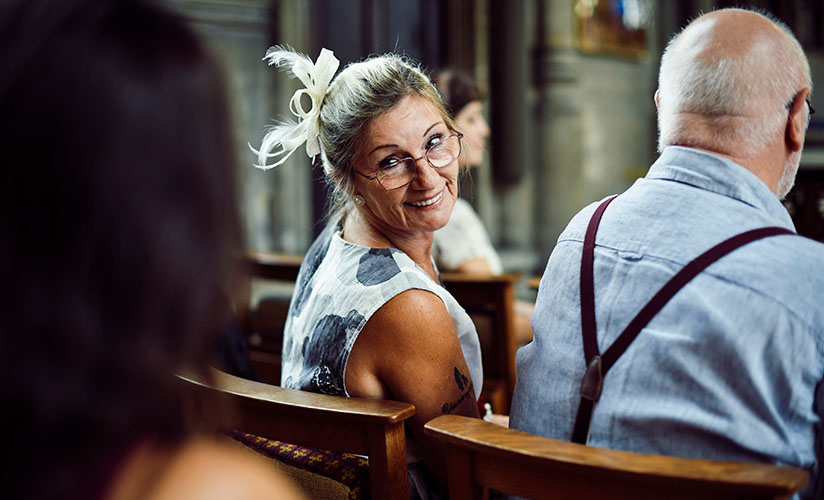
将所有单身客人安排在一起:否
如果您正在为婚宴或晚宴制定座位表,那么有些宾客将是情侣,有些则是单身。把所有情侣安排在一起,把所有单身宾客安排在一起,或许会更容易一些。然而,婚礼座位表如果根据婚姻状况划分宾客,则违反了礼仪。这会过度凸显单身宾客的感情状况。在婚礼布置或座位表中,将单身宾客和情侣宾客混合安排,可以打造更具包容性的聚会。
主桌:是
在婚宴上,座位安排通常与婚礼仪式相同。婚礼派对、直系亲属和贵宾坐在离新人最近的位置,通常坐在主桌。圆桌通常最多可容纳 8 名客人,因此有时会使用长方形桌子(由几张首尾相连的桌子组成)。然而,由于长桌形式不允许客人之间进行太多交谈,因此传统的圆桌也很受欢迎,但前提是并不是每个人都能坐在新婚夫妇的桌子旁。
使用座位表应用程序
为婚礼宾客制定座位安排可能并非易事。作为婚礼主办方的教堂,新郎新娘的家人可能会问你,如何才能最好地安排婚礼座位。这里有三个在线资源,你可以推荐或自行参考,用于制定教堂婚礼和婚宴的座位安排。
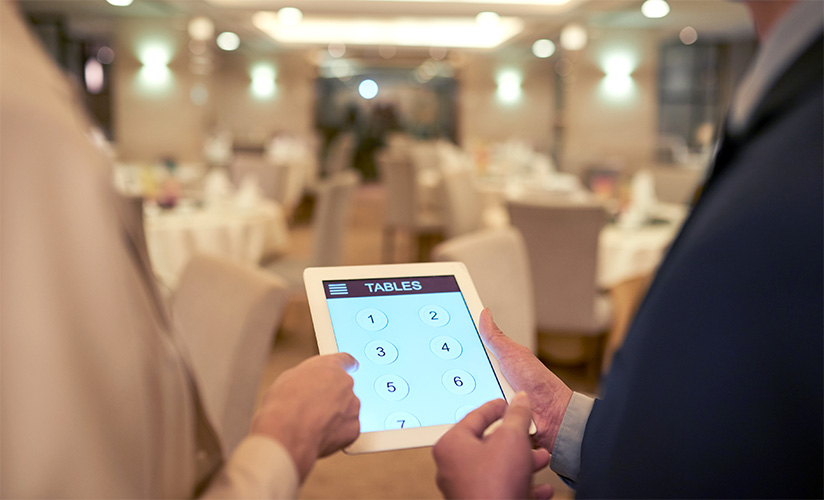
1. 全体就座
和 全部就座,您可以在筹备婚礼的同时与他人合作,共同制定详尽的平面图。该网站提供 3D 视图,并提供多种模板供您选择。如有任何需要,您可以联系 24/7 全天候客服。
2. TopTablePlanner
顶级餐桌规划师 允许您移动桌子、添加客人和布置装饰,以便规划您的活动。您甚至可以从 Word 和 Excel 导入文件。您可以通过 7 天免费试用来测试该网站——保证退款。
3. 玛莎·斯图尔特婚礼
如果你正在寻找有关传统教堂婚礼座位安排的实用技巧, 玛莎·斯图尔特婚礼 是适合您的网站。该网站有许多关于完美座位安排的文章,以及有关传统教堂婚礼的其他有用文章。该网站甚至提供正确的游行程序和站立队形。
婚礼仪式椅子布局
在规划教堂婚礼时,座椅的布局对于打造一场意义非凡、令人难忘的婚礼体验至关重要。虽然许多教堂都采用传统的长椅,但使用独立座椅的场地拥有独特的优势,可以根据新人的喜好和仪式的流程定制座位安排。
一种经典的选择是中央过道布局,即一排排椅子排列在中央过道的两侧。这种永恒的布局为新郎新娘提供了引人注目的入场方式,也非常适合婚礼队伍的游行和摄影。如果空间允许,一些教堂会选择将椅子略微弯曲,以营造更亲密的氛围,让宾客与新郎新娘更加亲近,并改善整个仪式的视线。
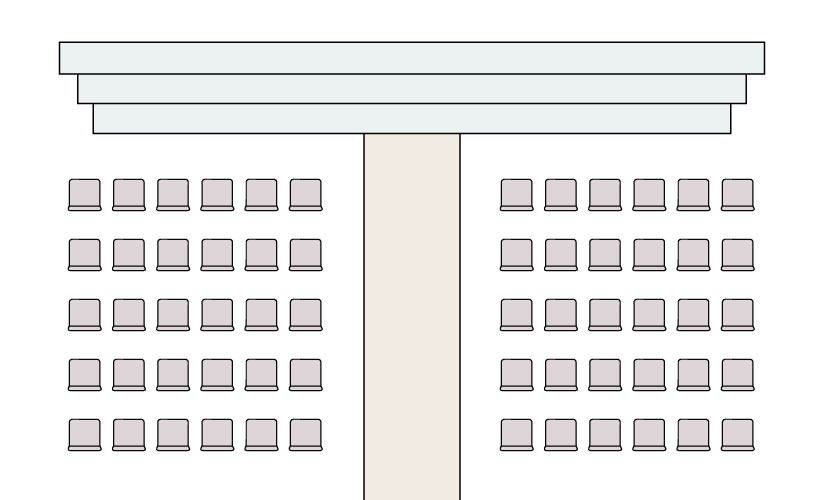
如果想要更现代或个性化的婚礼方式,新人可以选择半圆形或弧形的布局,让宾客在更具包容性的环境中围绕着新人。这种布局能够增强社区感,并将焦点集中在圣坛或仪式空间上。对于规模较小的婚礼,U形或马蹄形的布局可以让亲密的家人和朋友感受到直接的参与,同时保持中心的清晰焦点。
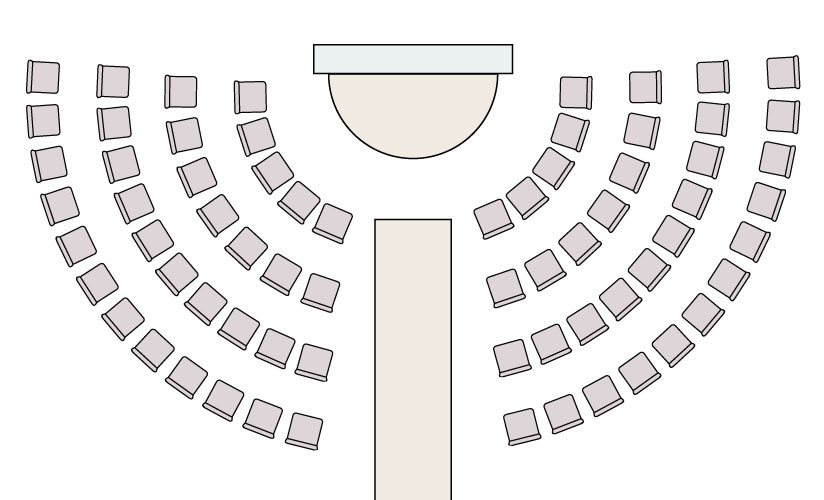
无论采用何种布局,确保座位之间有足够的空间,以确保舒适通行,尤其适合老年宾客或行动不便人士。使用结构精良、舒适的座椅也至关重要——婚礼可能很长,宾客会感激座椅的支撑。合适的布局能够平衡美观、实用和神圣的庆典感,使婚礼既特别又流畅。
婚礼椅子的种类
在没有传统长椅的教堂婚礼中,椅子的选择会极大地影响婚礼的氛围和宾客的舒适度。好在,市面上有几款优雅实用的椅子可供选择,既能与神圣的婚礼环境相得益彰,又能提升仪式的美感。
椅子有很多种样式可供选择,从正式风格到 舒适的软垫椅子为教堂婚礼选择合适的椅子不仅仅关乎外观,还要确保客人感到受欢迎、舒适,并成为神圣时刻的一部分。
